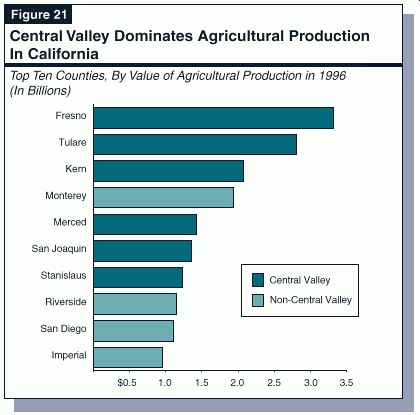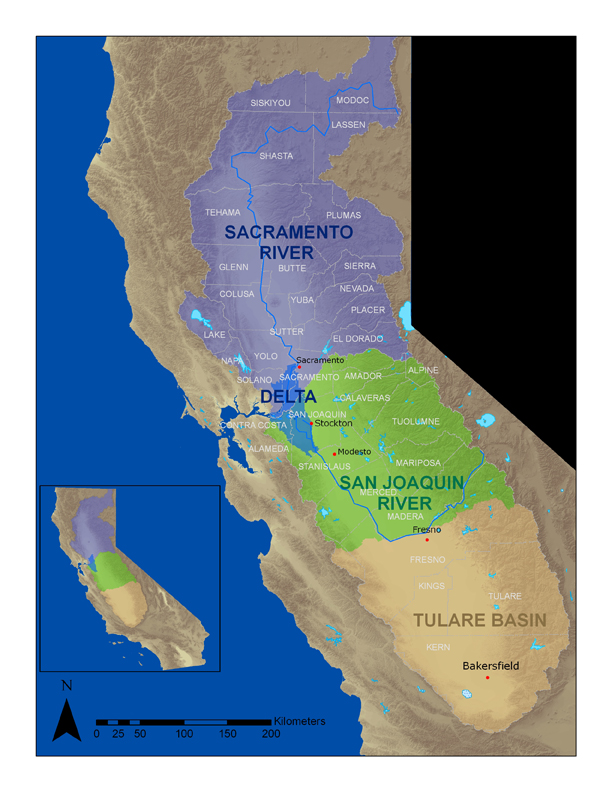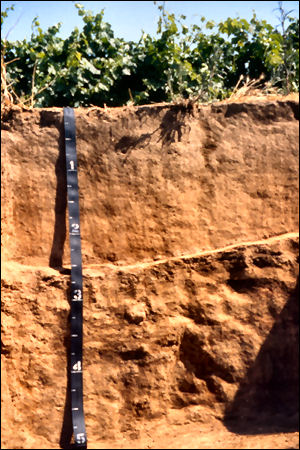California's Central Valley is 450 miles long and 40-60 miles wide.
It is bounded by the Sierra Nevada Mountain Range in the East, Cascade Range and Klamath Mountains in the North, Coast Range and San Francisco Bay to the West, and the Tehachapi Mountains to the South.
"This vast interior valley was created over one hundred million years ago when huge masses of granite rose above the surface of the earth in California to form the core of the Sierra Nevada, and glaciers moved over the land, carving out channels in the mountains that became rivers----rivers that over time brought sediment to the valley (valleyhistory.org)."
The only exception to the flat land surfaces of the valley, is remnants of an extinct volcano named Sutter Buttes in Yuba City, just 44 miles north of Sacramento.
Sutter Buttes in Yuba City, CA
There are two major river systems in the valley; the Sacramento River and the San Joaquin River, along with their tributaries.
"The rivers of the Central Valley converge in the Sacramento-San Joaquin Delta, a complex network of marshy channels, distributaries and sloughs that wind around islands mainly used for agriculture. Here the freshwater of the rivers merges with tidewater, and eventually reach the Pacific Ocean after passing through Suisun Bay, San Pablo Bay, upper San Francisco Bay and finally the Golden Gate (Wikipedia)."
The soil in the central valley is the San Joaquin (soil) that has become the official designated state insignia. San Joaquin is the State Soil for California. "San Joaquin soils are classified in USDA soil taxonomy as fine, mixed, active, thermic abruptic durixeralfs.
- Surface layer is brown loam.
- Upper subsoil is brown loam, lower subsoil is brown clay.
- Substratum is light brown and brown, indurated duripan with 70 to 90 percent silica-sesquioxide cementation (Wikpedia)."
While living in this region, the weather and I were constantly on opposite sides. The Northern Central Valley has a hot Mediterranean climate, while the Southern Central Valley is dry enough to be Mediterranean steppe or even low-latitude desert. It is characterized by hot and dry summers,with temperatures that can soar to 115 degrees Fahrenheit, and cool and damp winters. Mid-Autumn to mind-spring comprises the rainy season. Ground fog known as "tule fog" is very dangerous and common in the valley. "The northern half of the Central Valley receives greater precipitation than the semi desert southern half. Frost occurs at times in the winter months, but snow is extremely rare (Wikipedia)."






.jpg)













